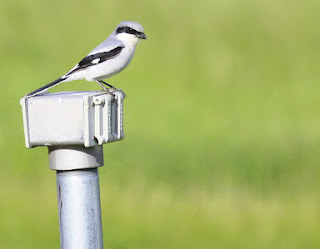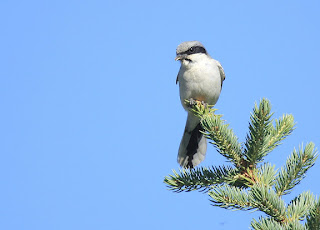Such gifts shared by everyone have been called “the commons”.
“A set of assets that have two characteristics: they are all gifts, and they are all shared.” [Peter Barnes]
Commons by nature are inclusive, not exclusive. To exclude, you need fences, boundaries. Which is why the process of giving public lands to favoured private citizens in 18th and 19th century Britain was called “the enclosures.” Lands that had formerly rested in the public trust were placed by the Crown into the private hands, driving subsistence peasants, pastoralists, hunters and other traditional peoples as well as wild animals from the commons.
From the Hudson Bay Company’s original land grant, through the Treaty land alienation process, the Dominion Lands Survey and homesteading provisions, the prairie world has suffered a succession of enclosures.
The final stage of land alienation that began on the other side of the Atlantic in the 17th Century is being enacted now here in the New World, where we long ago drove from the land the original keepers of the commons. Now even the smallest remnant of anything like a commons--the federal community pastures so important to the last grassland birds--are in danger of becoming private property.
In prairie conservation circles, we are a little leery of the word, “commons” because of the experience of Frank and Deborah Popper when they advanced their concept of the Buffalo Commons in the late 1980s. It was a radical idea that flushed out into the open our Western North American myths of independence and property rights, but of course the land here was all commons until we found a way to alienate chunks of it from the unified, unbounded prairie.
But preserving at least a remnant of the commons, a set of lands that are shared and managed as part of the public trust, is a venerable tradition that runs deep in Western civilization. The PFRA pastures now being divested by the Harper Government were established originally in that spirit of a public good being served by designating and protecting the gifts of the land in a specific geography.
For more than seventy years, this last scrap of the once vast prairie commons has served the mostly unknowing public with soil conservation, carbon sequestration, and all of the other ecological goods that come with healthy biodiversity, landscapes, and waterways. A few people have always recognized their public worth. Local farmers, bird watchers, archaeologists, botanists, hikers, and photographers have found these places to be rich and evocative, stirring the soul and opening the mind to the possibilities of belonging and living here with forbearance and respect.
All of us will be excluded and many of those public benefits degraded if these lands are privatized.
If there is such a thing as the “Tragedy of the Commons” it is the loss that occurs when we stand by and let ideologues convert the commonwealth into private property.
It is time now to reclaim the last of our prairie remnants as opportunities to connect to the places we live; as geographies that can help us foster social capital around forms of agriculture that work with the gifts of the land. Our beautiful federal pastures should be treasured as the jewels that they are. They should be centres of knowledge, research and learning; places people go to learn how to use the prairie well, to discover better ways to graze livestock and restore grassland health; and to show that yes we can share the fruits of the land with one another and with the native people and indigenous species who were here for thousands of years before us.
Sharing the commons at Grassland National Park














